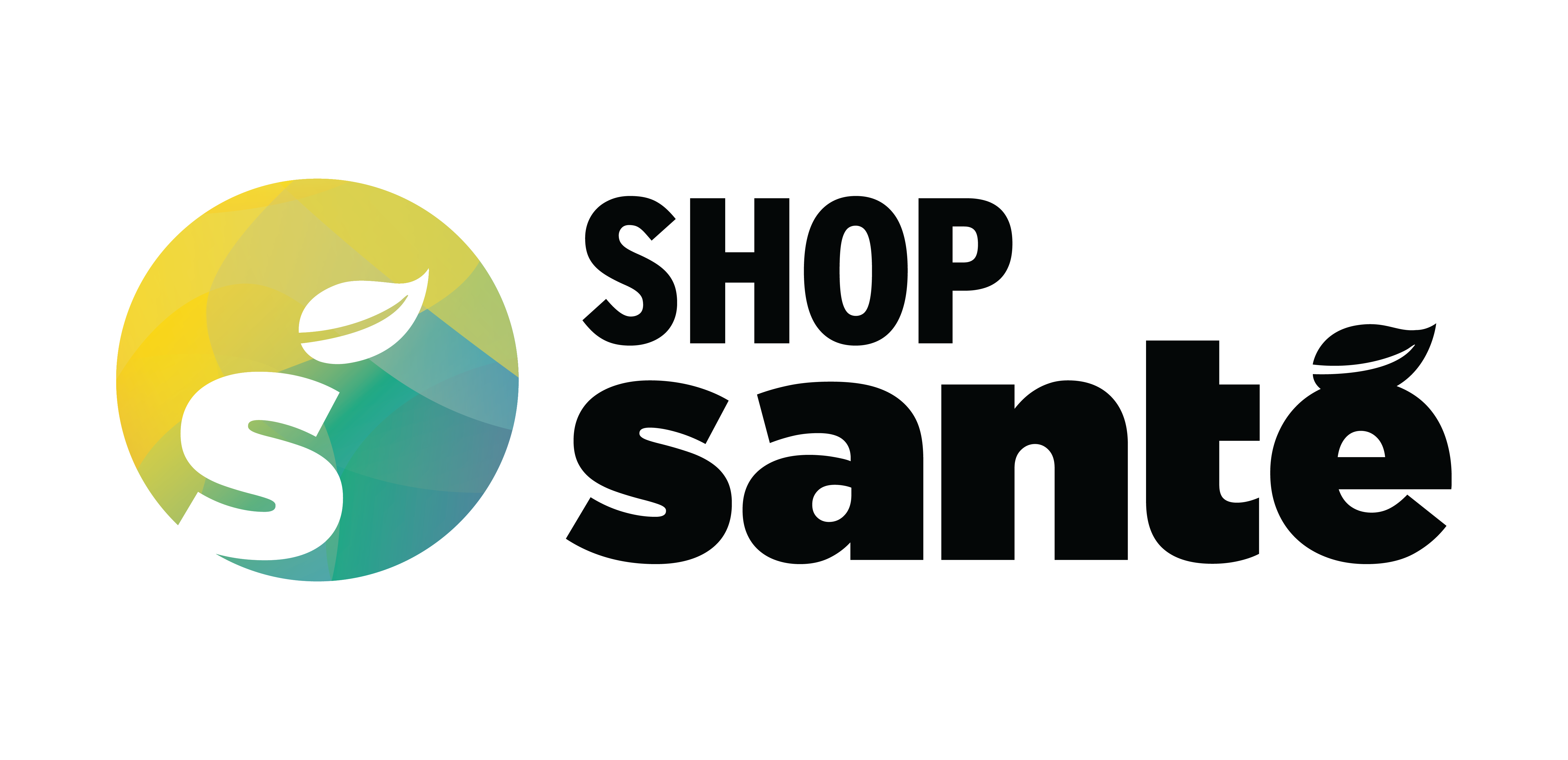En 2025, les consommateurs de suppléments, en particulier de protéine ISO, vont probablement constater une hausse significative des prix. Derrière cette augmentation se cachent des réalités économiques et environnementales qui méritent d’être expliquées. Avec l’aide de l’équipe de Shop Santé, j’ai voulu prendre un moment pour démystifier ce changement et expliquer pourquoi ces ajustements sont parfois inévitables, mais que nous tenons à respecter notre gage de qualité, en tout temps, peu importe le contexte.
Pourquoi le prix de la protéine ISO augmente ?
La hausse des coûts des matières premières
La protéine ISO, issue du lactosérum, repose sur des processus de filtration avancés pour garantir une pureté exceptionnelle. Cependant, le coût de cette matière première a considérablement augmenté ces dernières années. Une demande mondiale accrue, des coûts de production laitière plus élevés et des défis logistiques contribuent à cette situation.
L’impact environnemental sur l’agriculture laitière
Des régions comme la Nouvelle-Zélande, reconnues pour leur production laitière de haute qualité, doivent composer avec des changements climatiques qui affectent directement leurs rendements. À ça s’ajoutent des réglementations plus strictes pour encourager des pratiques durables, ce qui peut augmenter les coûts de production (ce qui est dans un sens, une bonne chose).
Le rôle du Canada dans le marché mondial
En tant que marché de taille moyenne, le Canada est moins compétitif pour négocier des prix avantageux à l’échelle internationale. Les coûts d’importation plus élevés se répercutent donc sur les prix au détail, en particulier pour des produits de qualité supérieure comme la protéine ISO.
Pourquoi la protéine ISO reste mon choix personnel
En tant qu’entraîneur et passionné d’hypertrophie musculaire, la protéine ISO joue un rôle important dans ma routine quotidienne. Sa rapidité d’absorption et sa teneur élevée en protéines pures en font une option intéressante, mais il existe aussi plusieurs autres options à considérer..
Si la protéine ISO n’est plus dans votre budget : mes recommandations
Bien que la protéine ISO soit un gage de qualité, c’est tout à fait possible que son prix ne puisse convenir à tous les budgets. Heureusement, il existe d’autres options tout aussi intéressantes disponibles chez Shop Santé :
1. Poudre de protéines concentrées (Whey Concentrate)
Une excellente alternative pour ceux qui cherchent une option plus économique. La whey concentrée contient légèrement plus de glucides et de lipides que l’ISO, mais elle offre une valeur nutritive solide à un prix plus abordable.
2. Poudre de protéines végétales
Les protéines végétales, comme celles à base de pois ou de riz brun, sont une alternative idéale pour ceux qui recherchent une option sans produits laitiers. Ces poudres sont souvent enrichies pour offrir un profil complet d’acides aminés.
3. Mélanges de protéines
Shop Santé propose également des mélanges combinant différents types de protéines pour offrir un équilibre entre pureté, absorption et coût. Ces mélanges peuvent convenir aux budgets plus serrés sans compromettre la qualité.
4. Sources alimentaires riches en protéines
En complément des suppléments, intégrer des aliments comme les œufs, le yogourt grec ou la viande peut être une façon économique et efficace d’atteindre vos besoins quotidiens en protéines.
La transparence avant tout
Les hausses de prix dans le secteur des suppléments peuvent être frustrantes, c’est vrai, mais elles reflètent souvent des réalités complexes. L’objectif ici est de partager les raisons derrière ces changements de façon honnête et transparente. Comprendre les enjeux permet de mieux appréhender ces ajustements et de continuer à faire des choix éclairés en matière de nutrition.
Que vous choisissiez la protéine ISO ou une alternative, Shop Santé est là pour vous offrir des produits de qualité, sans compromis, adaptés à vos besoins et à votre réalité.

Félix Daigle, Ambassadeur de Shop Santé




















